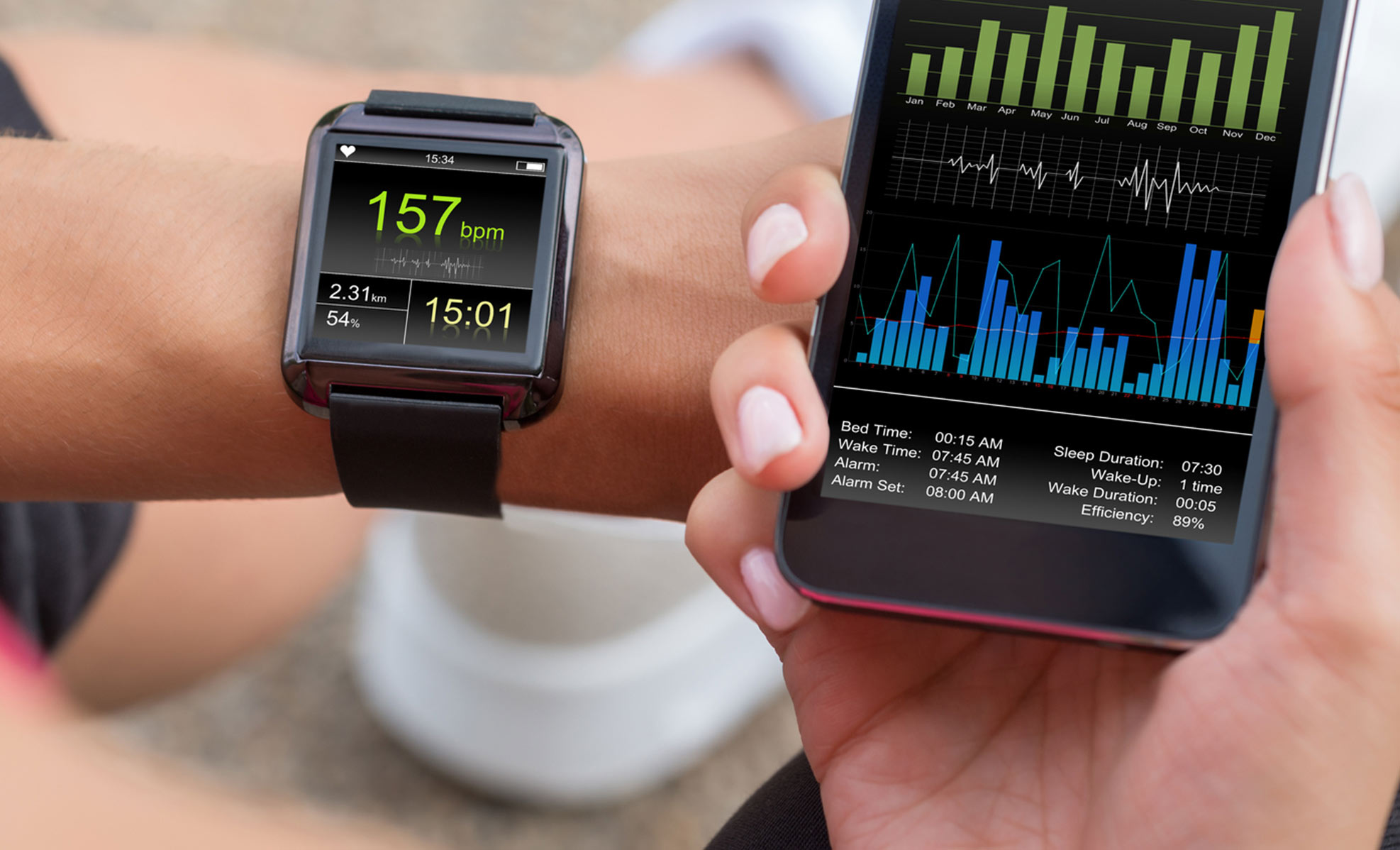In a world that increasingly values wellness, tracking our health has never been more essential. The rise of wellness trackers has transformed how we monitor everything from sleep patterns to daily activity levels. With sleek designs and user-friendly interfaces, devices like the Oura Ring and Fitbit have carved out their niches in this booming market.
But which one truly elevates your well-being? As you dive into the features, functions, and user experiences of these two popular gadgets, you’ll start to see how they can make a substantial difference in building long-term habits. Whether you’re looking for detailed sleep data or simply want to stay active throughout the day, understanding these tools is key in choosing what’s right for you. Let’s explore!
The Rise of Wellness Trackers
The wellness tracker revolution began as fitness wearables emerged in the early 2010s. These devices promised to monitor physical activity, heart rates, and calories burned. The allure of quantified self-improvement captured the attention of health enthusiasts everywhere.
As technology advanced, so did our understanding of wellness. Trackers evolved beyond simple steps counted or workouts logged. They started delving into sleep data, stress levels, and even mindfulness practices. This shift signaled a growing awareness that holistic health encompasses more than just exercise.
Today’s consumers are seeking comprehensive insights into their well-being. With stylish designs appealing to both tech-savvy users and casual wearers alike, these gadgets seamlessly integrate into daily life.
The rise of apps has further enhanced this trend by allowing personalized recommendations based on individual data trends. As we embrace technology’s role in wellness tracking, the focus is shifting towards sustainable habit building for lasting improvements in our lives.
Introduction to the Oura Ring and Fitbit
The Oura Ring and Fitbit have taken the wellness world by storm. Each offers unique features that cater to different lifestyles and preferences.
Oura Ring is a stylish, sleek accessory that you wear on your finger. It’s not just about looks; it provides in-depth health insights like sleep data, readiness scores, and activity tracking.
On the other hand, Fitbit boasts a range of devices from wristbands to smartwatches. Its versatility makes it appealing for those who want more than just basic metrics.
Both brands excel in promoting long-term habit building through their apps. They encourage users to engage with their data actively, pushing them towards healthier choices.
While they share some common ground, the choice often boils down to personal preference—design versus functionality—and how you envision integrating these tools into your daily routine.
Similarities and Differences Between the Oura Ring and Fitbit
The Oura Ring and Fitbit both focus on enhancing wellness through technology. Each device tracks vital metrics like sleep data, activity levels, and heart rate. However, their design sets them apart.
Oura boasts a sleek, minimalist ring that’s subtly stylish. It easily blends into everyday wear without drawing attention. Conversely, Fitbit offers various designs in wristband form with vibrant displays that cater to different tastes.
In terms of functionality, the Oura Ring excels in sleep tracking by providing detailed insights into sleep stages and recovery metrics. Fitbits shine with their extensive fitness features, including built-in GPS for outdoor activities.
Both devices promote long-term habit building but approach it differently. While Oura emphasizes rest and recovery as essential components of wellness, Fitbit encourages daily movement through challenges and reminders.
How They Track Sleep, Activity, and Overall Wellness
Both the Oura Ring and Fitbit excel in tracking sleep, activity, and overall wellness, but they do so with distinct approaches.
The Oura Ring focuses heavily on sleep data. It measures various stages of sleep—deep, light, and REM—providing insights that help users understand their rest patterns. The ring also offers a readiness score based on nightly recovery metrics.
Fitbit takes a broader view by combining sleep monitoring with daily activity tracking. Its advanced algorithms gauge steps taken, calories burned, and heart rate fluctuations throughout the day. This holistic approach encourages users to stay active while still prioritizing restful nights.
In addition to these features, both devices track wellness through guided breathing exercises or mindfulness sessions. Users can cultivate long-term habit building strategies tailored to their lifestyle preferences using easy-to-navigate apps that complement each device’s design.
User Reviews and Experiences with Each Tracker
User reviews for the Oura Ring often highlight its sleek design. Many wearers appreciate how it seamlessly fits into everyday life without drawing attention. Users frequently report improved sleep quality after tracking their patterns with detailed sleep data.
In contrast, Fitbit enthusiasts rave about the variety of features. The user-friendly interface and vibrant display attract those who enjoy visualizing their progress. From step counts to heart rate monitoring, it’s a comprehensive tool for fitness lovers.
However, some find Fitbit’s battery life lacking compared to Oura’s impressive longevity. This difference can influence users’ experiences significantly.
A common theme is motivation; several reviewers mention that both devices inspire them to build long-term habits in wellness. Whether through gentle reminders or insightful analytics, the trackers push individuals toward healthier lifestyles each day.
Integrating Wellness Trackers into Daily Life
Integrating wellness trackers into your daily routine can be a game-changer. These devices serve as constant reminders to prioritize health and well-being.
Start by setting specific goals that resonate with you. Whether it’s achieving better sleep data or increasing daily activity, having clear targets makes tracking more meaningful.
Incorporate the tracker seamlessly into your life. Wear it during workouts, while sleeping, and even at work meetings. This continuous feedback loop helps build long-term habits without feeling intrusive.
Make use of features like reminders for movement or hydration throughout the day. Small nudges can lead to significant improvements in lifestyle choices.
Engage with the community around these devices. Online forums and social media groups can provide support and motivation as you share experiences and tips on navigating wellness journeys together.
Which Tracker is Right for You?
Choosing the right wellness tracker ultimately depends on your personal preferences and health goals. If you’re looking for a sleek, minimalist design that prioritizes sleep data and recovery insights, the Oura Ring might be the perfect fit. Its ability to monitor various aspects of sleep can help you build long-term habits around rest, which is crucial for overall wellness.
On the other hand, if you prefer a more traditional fitness band loaded with features—from heart rate monitoring to activity tracking—the Fitbit could be your best choice. It’s designed for those who seek comprehensive metrics in both exercise and daily living.
Consider your lifestyle as well. The Oura Ring’s discreet design makes it ideal for all-day wear without drawing attention, while Fitbits come with customizable bands suited for different activities or styles.
Both devices offer valuable tools to enhance your wellness journey. Whether you prioritize sleep data or require robust activity tracking will determine which option suits you best. As far as building long-term habits goes—both trackers have their strengths; it’s up to you to leverage them effectively in your everyday routine.




